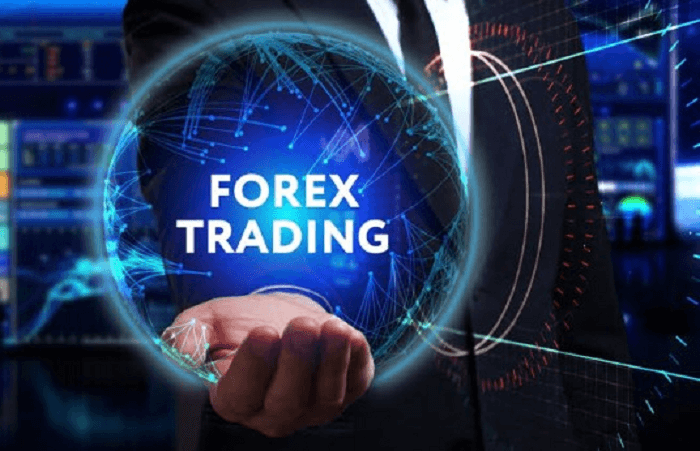Forex (FX), also known as foreign exchange, is a global marketplace for trading international currencies and currency derivatives. It is the largest and most liquid market in the world, operating 24 hours a day, five days a week.
Unlike other markets, forex trading can be done by individuals as well as institutions, allowing anyone to participate. The profit or loss in forex trading arises from the difference in prices between currency pairs. Currencies are traded in pairs such as USD/CAD or EUR/USD, and each pair has a specific price associated with it.
Traders have the flexibility to choose between micro, mini, or standard lots for their trades. It is important to note that the forex market operates without centralized oversight or strict regulations. Fees and commissions vary among brokers, and leverage up to 50:1 is allowed. Rollover, or the net interest return on overnight positions, can also impact trading decisions.
Opening a forex account is the initial step towards becoming a forex trader, and market hours are crucial for executing transactions.
Meaning of Forex (FX)?
Forex (FX) refers to the global electronic marketplace that facilitates the trading of international currencies and currency derivatives, serving as the largest and most liquid market in the world by trading volume. Trading in the forex market can provide several benefits, including high liquidity, 24-hour availability, and the ability to trade with leverage.
Forex traders can employ various strategies to navigate the market effectively. Some common strategies include trend following, range trading, and breakout trading.
Trend following involves identifying and trading in the direction of the prevailing market trend.
Range trading involves identifying support and resistance levels and trading within those boundaries. Breakout trading involves entering trades when price breaks through significant levels of support or resistance. The Trade Nation Review, among other sources of information, can help traders navigate the forex market and potentially profit from currency fluctuations using these strategies and more.
Market Overview
The global electronic marketplace for trading international currencies and currency derivatives is known for its high liquidity and trading volume. Here are some key points about the forex market:
1. Advantages of Forex Trading:
- Accessibility: Forex trading can be done by individuals, not just governments and financial institutions.
- Flexibility: The forex market is open 24 hours a day, five days a week, allowing traders to participate at their convenience.
- High liquidity: With a trading volume that exceeds global equities trading volumes by 25 times, the forex market offers ample opportunities for buying and selling currencies.
2. Factors Influencing Forex Market Prices:
- Economic indicators: News about GDP, inflation, employment, and other economic factors can impact currency values.
- Interest rates: Higher interest rates in a country can attract foreign investors and strengthen its currency.
- Geopolitical events: Political instability, conflicts, and trade tensions can create volatility in the forex market.
Understanding these advantages and factors can help traders make informed decisions in the forex market.
Trading Basics
One fundamental aspect of trading in the forex market is understanding the basic principles and concepts involved. In order to effectively trade currencies, it is essential to develop trading strategies and utilize technical analysis techniques.
Trading strategies refer to the set of rules and guidelines that traders follow to make informed decisions about when to enter and exit trades. These strategies can be based on various factors such as technical indicators, market trends, and economic data.
Technical analysis techniques involve the study of historical price and volume data to identify patterns and trends that can help predict future price movements. Some common technical analysis tools include moving averages, support and resistance levels, and chart patterns.
By incorporating these strategies and techniques, traders can increase their chances of success in the forex market.
Note: If you’re serious about forex trading success, https://fxbrokerreviews.org is an essential bookmark. Their comprehensive reviews can save you time and effort while guiding you to the right broker.
Types of Transactions
Different types of transactions are an essential aspect of trading in the forex market.
One type of transaction is a forward transaction, which settles for a date later than the spot market deal. In a forward transaction, the spot rate is adjusted for interest rate differentials. This allows traders to hedge against potential currency fluctuations and lock in a future exchange rate.
Another type of transaction in the forex market is spot market deals. These deals involve immediate delivery of the traded currency, usually within two business days. Spot market deals are the most common type of transaction in forex trading and are used for immediate currency exchange.
Traders can take advantage of the spot market to profit from short-term price movements in currency pairs.
Risk and Reward
Risk and reward are crucial factors to consider when engaging in trading activities in the forex market. Calculating risk and managing reward are essential for successful trading. Here are three key points to understand about risk and reward in forex trading:
1. Risk Management: Traders must carefully assess the potential risks associated with each trade. This involves determining the appropriate position size, setting stop-loss orders to limit potential losses, and implementing risk management strategies such as diversification and hedging.
2. Reward Potential: Traders should also evaluate the potential rewards of each trade. This includes analyzing market trends, identifying profitable entry and exit points, and setting realistic profit targets. It is important to consider the risk-to-reward ratio, which measures the potential profit compared to the potential loss.
3. Balancing Risk and Reward: Successful traders aim to strike a balance between risk and reward. They seek trades with a high probability of success and a favorable risk-to-reward ratio. By managing risk and maximizing potential rewards, traders can increase their chances of profitability in the forex market.








